jedirunner
TPF Noob!
- Joined
- Jan 13, 2012
- Messages
- 354
- Reaction score
- 71
- Location
- Utah
- Can others edit my Photos
- Photos OK to edit
Went out with 3 of the kids to Provo Airport again to see what we could find.
Today's finds:
Here are some of the better shots today:
1. Kildeer (I would have liked for him to turn his head for me to get some light on his eyes. I mostly like the photo as an easy way to see the DoF on the ground. Educational for me and the kids just how shallow DoF can be in some cases)

2. Snowy Egret (put on a great show for us as we kept encountering it, as it'd fly away, pose a bit, and then hide for us to discover again. Unfortunately, most are so far away that they had to be cropped down a lot. I'm also learning that they are so white and brilliant in the sun that it's hard to shoot them without blowing the whites. Would love advice to deal with this.)

3. I think this is a White-faced Ibis. This is a crop out of a flock of over 15 of them all flying together. I just liked this set of 5 best.

4. Adult Black-crowned Night Heron. I love his "mullet". There were a couple juveniles we spotted as well. I'll always have a soft spot for these guys, as it was the first bird (several weeks ago) that my daughter and I actually intentionally looked up and researched to identify. You'll always "remember your first", I suppose.

5. End with a couple of shots of a Yellow-headed Black Bird

6.

Thanks
Kevin
Today's finds:
- Pelicans (very active, flying all over the place, in groups of up to 5 pelicans)
- Greg Blue Heron (and *STILL* only able to get a blurry shot! Grrr... still hunting an actual in-focus shot of a GBH)
- Caspian Tern
- Red-winged and Yellow-headed black birds
- Adult and juvenile Black-crowned Night Herons
- Caspian Kingbird
- Kildeer
- Double-crested Cormorant
- Snowy Egret (liked putting on a show for us today ... most of the shots are blurry ... hard to expose for this bright white bird
)
- Geese with goslings
- White-faced Ibis (I think ... it's #3 below)
- Coot
- Cinnamon Teal
- Clark's Grebe
- 1 little song-bird I haven't yet identified
Here are some of the better shots today:
1. Kildeer (I would have liked for him to turn his head for me to get some light on his eyes. I mostly like the photo as an easy way to see the DoF on the ground. Educational for me and the kids just how shallow DoF can be in some cases)

2. Snowy Egret (put on a great show for us as we kept encountering it, as it'd fly away, pose a bit, and then hide for us to discover again. Unfortunately, most are so far away that they had to be cropped down a lot. I'm also learning that they are so white and brilliant in the sun that it's hard to shoot them without blowing the whites. Would love advice to deal with this.)

3. I think this is a White-faced Ibis. This is a crop out of a flock of over 15 of them all flying together. I just liked this set of 5 best.

4. Adult Black-crowned Night Heron. I love his "mullet". There were a couple juveniles we spotted as well. I'll always have a soft spot for these guys, as it was the first bird (several weeks ago) that my daughter and I actually intentionally looked up and researched to identify. You'll always "remember your first", I suppose.

5. End with a couple of shots of a Yellow-headed Black Bird

6.

Thanks
Kevin
Last edited:


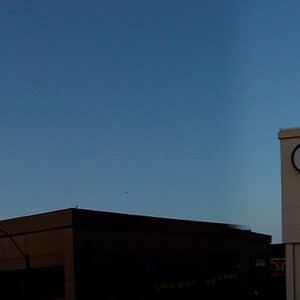
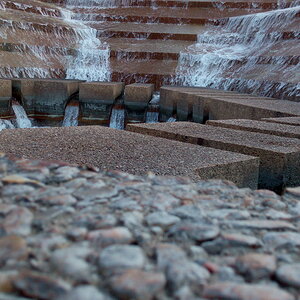
![[No title]](/data/xfmg/thumbnail/33/33025-0e4fc16dd87a477880f7aa74466d4f56.jpg?1619735838)


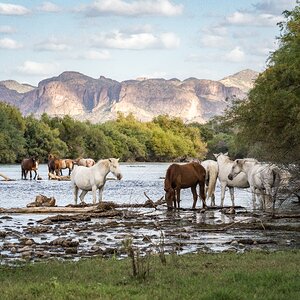

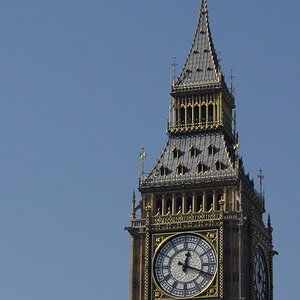
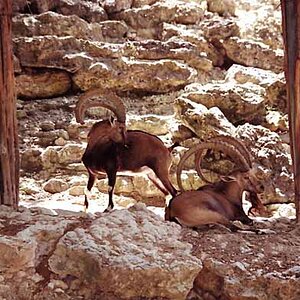
![[No title]](/data/xfmg/thumbnail/42/42468-f720ff996eb9cc6554c0019901223156.jpg?1619740193)
![[No title]](/data/xfmg/thumbnail/30/30859-ec099dbef074432d32832fceb25cf539.jpg?1619734479)
